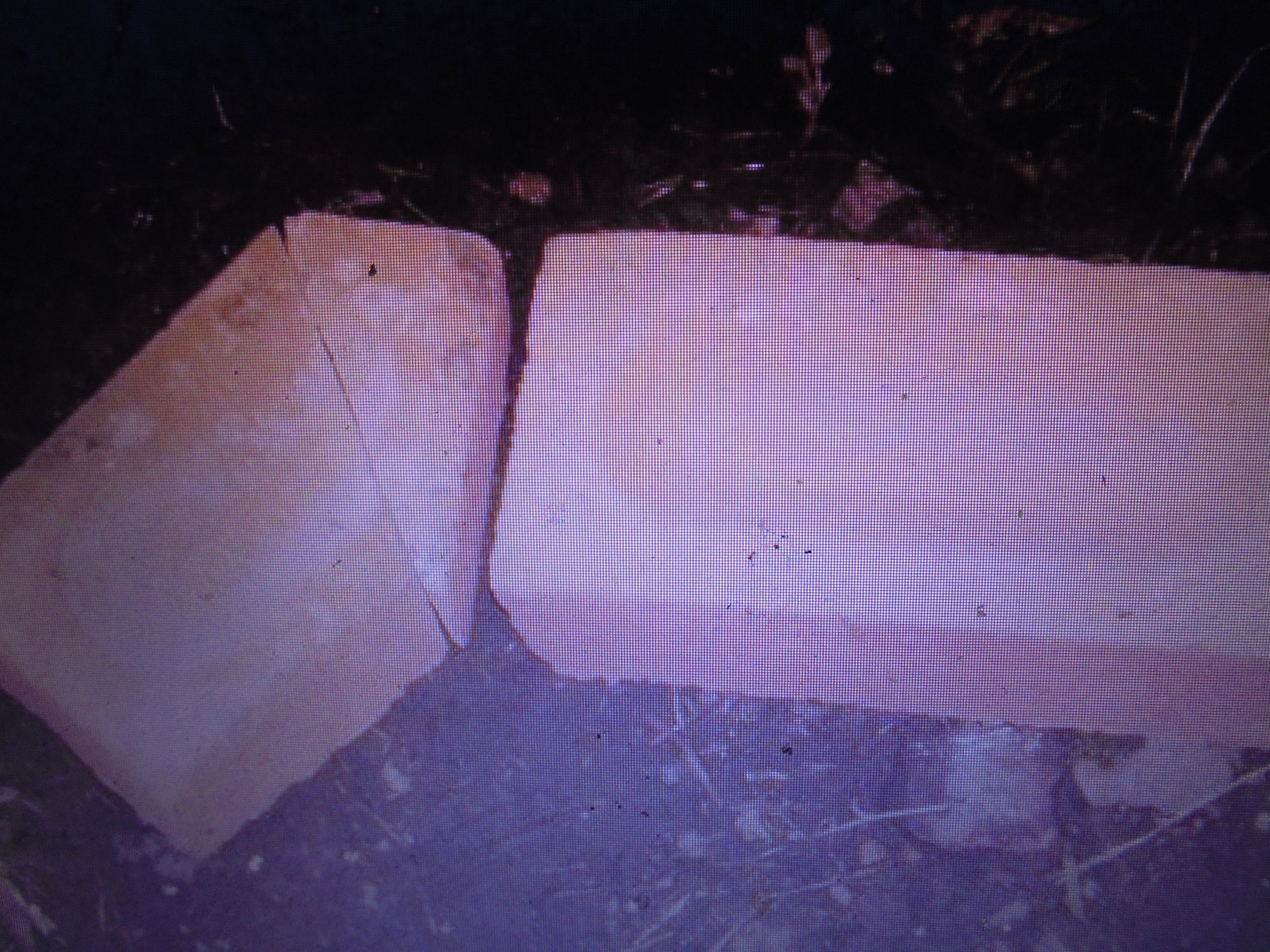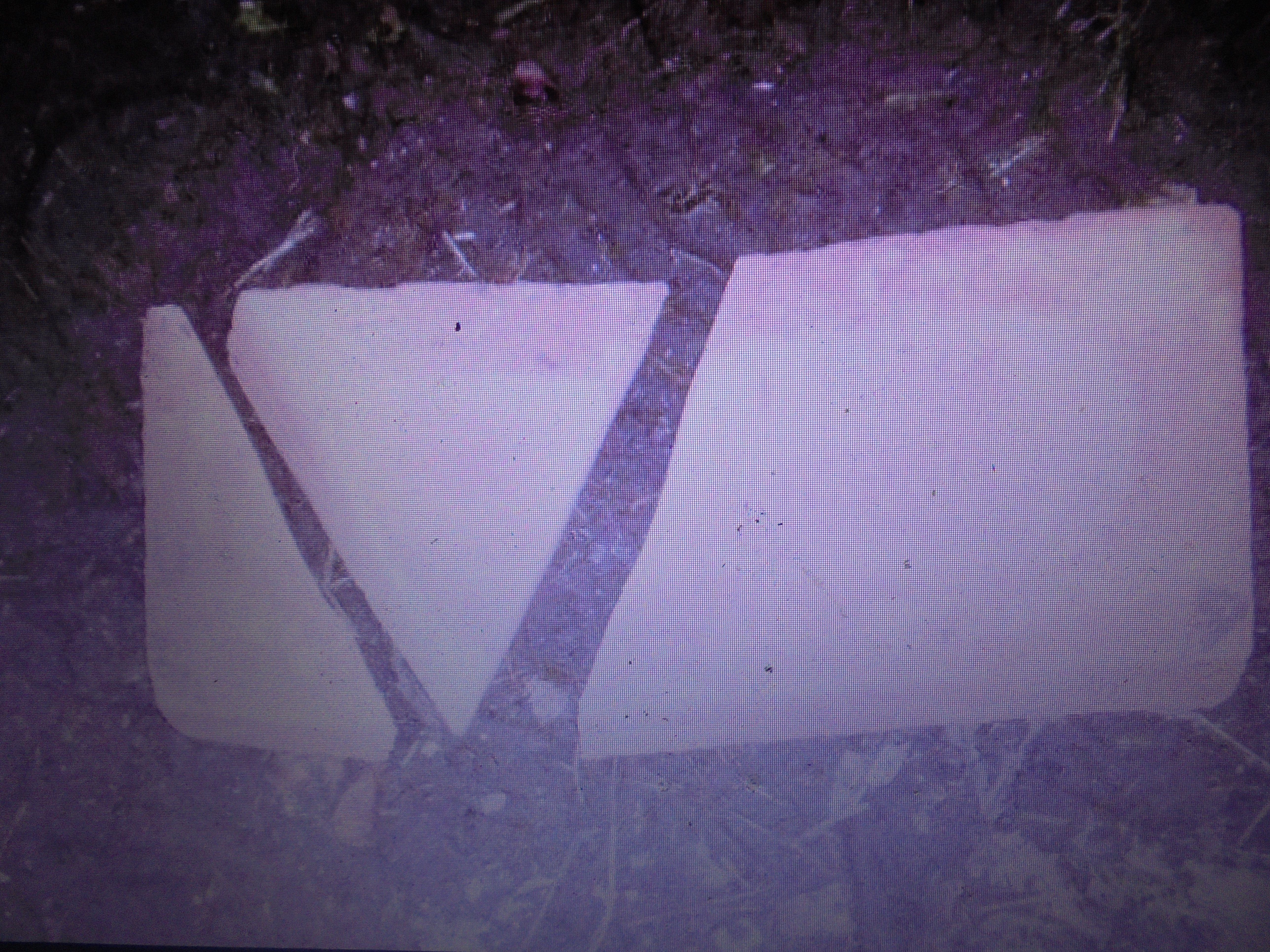We’d like to remind Forumites to please avoid political debate on the Forum.
This is to keep it a safe and useful space for MoneySaving discussions. Threads that are – or become – political in nature may be removed in line with the Forum’s rules. Thank you for your understanding.
The MSE Forum Team would like to wish you all a Merry Christmas. However, we know this time of year can be difficult for some. If you're struggling during the festive period, here's a list of organisations that might be able to help
📨 Have you signed up to the Forum's new Email Digest yet? Get a selection of trending threads sent straight to your inbox daily, weekly or monthly!
Has MSE helped you to save or reclaim money this year? Share your 2025 MoneySaving success stories!
Repair large terracotta pot?
JohnB47
Posts: 2,702 Forumite





Not sure if I want to spend time/money on this but I'm wondering if I should try repairing a fairly large terracotta pot that's broken in three large pieces.
The terracotta is dry on both sides, no glaze.
I've looked at youtube suggestions and two are possible. "Milliput Terracotta Epoxy Putty 113g Modelling Plumbing Ceramic Plant Pot Repair" and Gorilla Glue.
The putty stuff looks a bit thick, although you can soften/dilute it with water. The pot pieces do mesh together quite neatly so I'm not sure if putty would compress enough. The Gorilla stuff expands after applying to wetted surfaces and some say it's a bit uncontrollable and messy.
I might just throw the pot away!
Any thoughts?
The terracotta is dry on both sides, no glaze.
I've looked at youtube suggestions and two are possible. "Milliput Terracotta Epoxy Putty 113g Modelling Plumbing Ceramic Plant Pot Repair" and Gorilla Glue.
The putty stuff looks a bit thick, although you can soften/dilute it with water. The pot pieces do mesh together quite neatly so I'm not sure if putty would compress enough. The Gorilla stuff expands after applying to wetted surfaces and some say it's a bit uncontrollable and messy.
I might just throw the pot away!
Any thoughts?
0
Comments
-
I'd use just some two-component epoxy resin (without any solid additives like in building cartridges for anchors). It's liquid enough (if you do it in a warm place) and sets slowly, so you can push the excess out of the gap. It doesn't shrink, so the gap remains fully filled.As it sets slowly you must make sure that the pieces are held together until it sets. Use ropes and duct tape.
2 -
2 part resins used to bond brick cuts together when making squints and dogleg.etc so it should work well for your pot.
2 -
Thanks guys. I have some araldite, two part epoxy. Is that what you mean, or is there a product more specific to bonding clay/brick?
Actually, I have some brickwork on a relatively new wall that needs repaired too. It's where a line of bricks at the top of the wall meets a corner, so that the level drops. The brickwork right at that corner is comprised of two wedge shaped pieces mortared together. The mortar has has just cracked - probably it dried too quickly. Perhaps the epoxy stuff would work well there too? I haven't taken it apart yet but I'm guessing that the mortar will have stuck to the pieces to some extent, making it impossible to clean them up and re mortar.0 -
Is the corner a different angle than the normal 90 degrees?
Special bricks can be made like this

1 -
Epoxy Chemical Resin - Everything To Know | Anchor Fixings Blog
Have a look through these as an example.1 -
I tried araldite. It didn't hold when bing continuously wet - assuming you are going to put a plant in there.
Maybe ok if you use an innner plastic pot.
The brick stuff sounds interesting.I can rise and shine - just not at the same time!
viral kindness .....kindness is contageous pass it on
The only normal people you know are the ones you don’t know very well
1 -
Do you know why the pot broke? If it was dropped/hit then a repair seems more likely to be a success than if it just failed because of weak materials.
But a banker, engaged at enormous expense,Had the whole of their cash in his care.
Lewis Carroll1 -
Hi John.As Grumb and others say.You have two dry, rough, and closely matching surfaces to bond, so epoxy adhesive - like Araldite - is most likely the best way to go.Also as said, you need to do a dry-run, making sure you have a method of holding the pieces tightly and firmly together, so it cannot move once the glue's been applied and it's been left to set. Any movement after the curing process has begun will seriously weaken it.You also want the two surfaces to be pulled as firmly together as possible, so only the minimal amount of adhesive is left in the joint.You ideally want a smear of adhesive on both broken edges, leaving no 'dry' bits. Assemble, and gently pull the pot together to extrude as much excess adhesive as possible. Secure with whatever - large rubber bands that the postie has dropped?!Then, once the curing is approaching the final stages, you should be able to run a craft knife blade over the outer edge of the joints, trimming away the rubbery, part-set adhesive, leaving barely a trace. But don't do that unless you are confident you can do so without dislodging the pot...1
-
Great response everyone, thanks. The pot blew over in strong winds - twice! I'll have a look at the link. Thanks for the advice Bendy- house.1
-
I lost 3 big pots last year because they blew over in high winds.I decided that mending them and they perhaps give way again due to moisture and temperature change it was better to start afresh. Tho it was expensive.So now I have them on wide wheeled, wire bases that give a wider area at the base - and I've supported those with pot feet.I'm also more alert to moving them out of the wind when gales are forcast which is where the wheels come in handy
 .
. I can rise and shine - just not at the same time!
viral kindness .....kindness is contageous pass it on
The only normal people you know are the ones you don’t know very well
2
Confirm your email address to Create Threads and Reply

Categories
- All Categories
- 352.9K Banking & Borrowing
- 253.9K Reduce Debt & Boost Income
- 454.7K Spending & Discounts
- 246K Work, Benefits & Business
- 602.1K Mortgages, Homes & Bills
- 177.8K Life & Family
- 259.9K Travel & Transport
- 1.5M Hobbies & Leisure
- 16K Discuss & Feedback
- 37.7K Read-Only Boards


